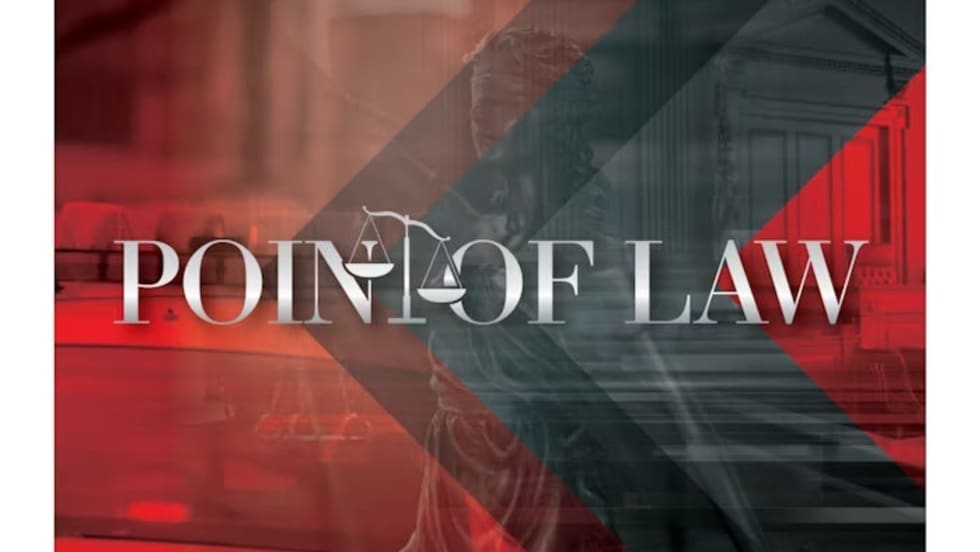Under current law, prosecutors can only consider the moment lethal force was used when determining if an officer acted within the law. Did an officer reasonably believe his or her life or bystanders' lives were in danger in those seconds?
Under the new standard, prosecutors can also consider the actions both of officers and of the victim leading up to a deadly encounter, to determine whether the officer acted within the scope of law, policy and training. Opening up those tactics to scrutiny, supporters believe, will encourage departments to train officers in de-escalation and other strategies that could decrease the use of lethal force and provide a potential path to accountability when it is used, the Los Angeles Times reports.
Law enforcement groups vehemently opposed AB 392 when it was introduced. After months of negotiations, law enforcement groups, including the California State Sheriff's Assn. and the California Highway Patrol, unexpectedly dropped their opposition to AB 392 after it was amended to address their concerns. And a new bill was created to provide law enforcement officers with the necessary training.
Senate Bill 230, the training bill tied to AB 392, is stuck in committee in the Assembly in part because backers of AB 392 fear that language added to it weakens the new law and could undermine its intent. Some community groups object to wording that requires de-escalation only when its "feasible."






